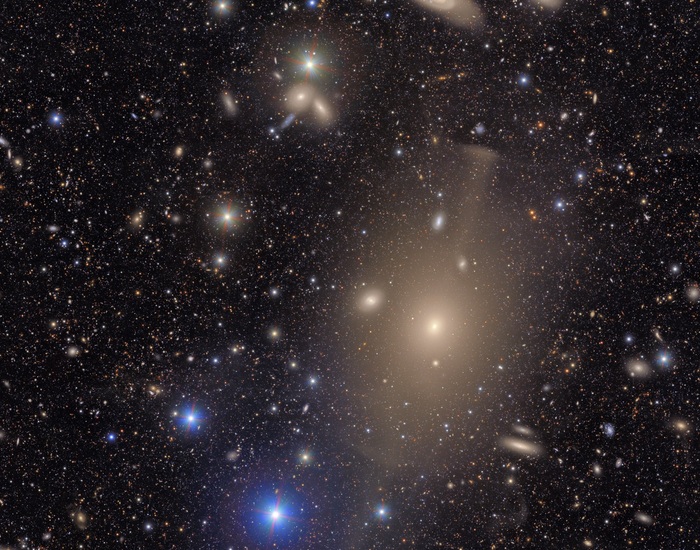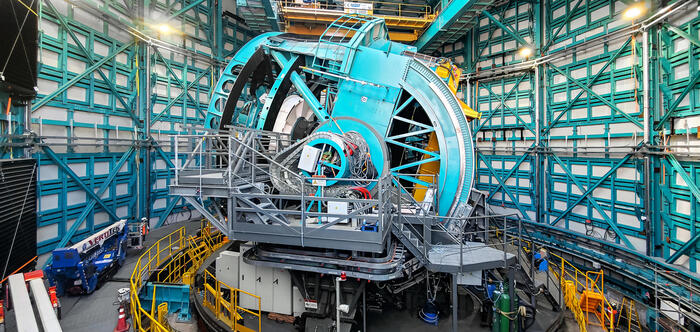The first images depicting ten million galaxies in a single panorama have been released, produced by the U.S.-run Vera C. Rubin Observatory, located at 2,682 meters above sea level on Cerro Pachón in Chile. The newly completed telescope is one of the largest ever built and, despite weighing 350 tons, rotates on itself with extreme precision thanks to high-precision electric motors made in Italy by Phase Motion Control. The project is funded by the U.S. National Science Foundation and the U.S. Department of Energy’s Office of Science.
The observatory is dedicated to Vera Rubin, the first woman astronomer in history to be granted permission to use the telescope at Mount Palomar Observatory in San Diego County, Calif. It is currently the first observatory capable of producing an entire overview of the southern sky every three nights and, according to experts, will revolutionize the way astronomy is practiced. The enormous amount of data that will be collected will be useful for identifying asteroids, studying the life cycle of some stars, and testing hypotheses about the existence of dark matter, one of the most elusive components of the entire Universe.

Dark matter is a form of invisible matter that neither emits nor reflects light, but its presence can be inferred through its gravitational influence on stars and galaxies.
Between galaxies, the images-recorded with unprecedented resolution, show a myriad of remote celestial bodies and galaxies, many of which have never been observed before. The observatory also produced spectacularly sharp and detailed images of the Trifida and Laguna nebulae, visible in the thin clouds of gas and dust. After just one week of operation, it has already detected more than 2,000 hitherto unknown asteroids.
At full capacity, the telescope will produce 20 terabytes of data each night, and it is estimated that it will collect more information in a single year than has ever been produced in the history of astronomical observation.












